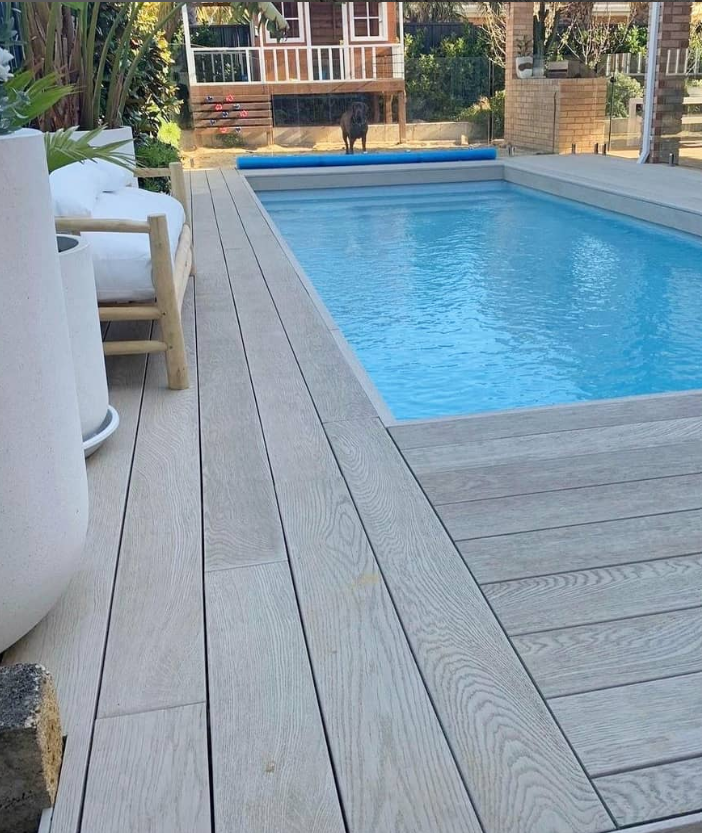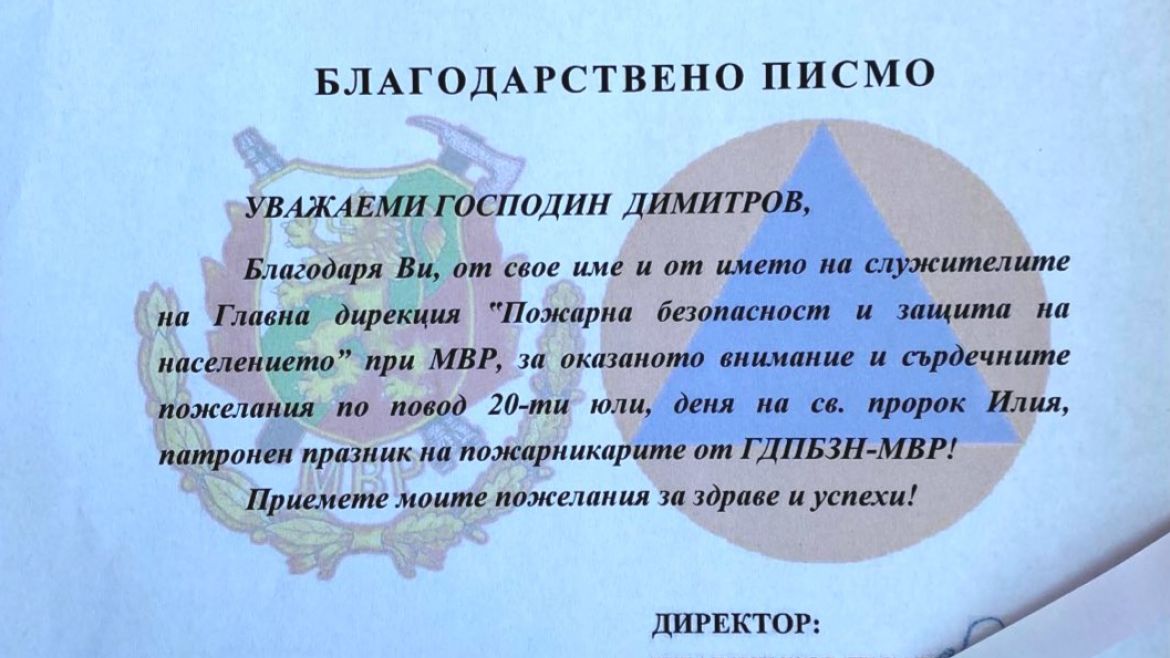Indian Cities & Urban Heat: The Need For Advanced Building Materials

Table of Contents
The Growing Threat of Urban Heat in Indian Cities
The urban heat island effect, where urban areas are significantly warmer than surrounding rural areas, is becoming increasingly pronounced in Indian cities. This phenomenon is exacerbated by factors like concrete jungles, reduced vegetation, and increased heat absorption from dark-colored surfaces. The consequences are severe: temperatures in many Indian cities regularly surpass 45°C during peak summer months. This extreme heat leads to a range of health problems, including:
- Increased mortality rates due to heat stress: Studies have linked prolonged exposure to extreme heat to a significant rise in heatstroke-related deaths, particularly among vulnerable populations like the elderly and children.
- Higher energy consumption for cooling: The need for extensive air conditioning to combat high indoor temperatures results in increased energy consumption, placing a strain on the power grid and contributing to higher electricity bills.
- Reduced productivity and economic losses: Extreme heat can negatively impact worker productivity, leading to lost workdays and decreased economic output.
- Negative impact on vulnerable populations: The poor, elderly, and those with pre-existing health conditions are disproportionately affected by extreme heat, exacerbating existing inequalities.
These challenges highlight the urgent need for effective strategies to mitigate the urban heat island effect and improve the thermal comfort of Indian cities. Addressing climate change and its impact on urban heat is crucial.
How Advanced Building Materials Can Help
Advanced building materials (ABM) offer a promising solution to mitigate urban heat and improve energy efficiency in buildings. These materials possess unique properties that enhance thermal comfort and reduce reliance on energy-intensive cooling systems. Examples include:
- Aerated concrete: Known for its excellent insulation properties, aerated concrete blocks effectively reduce heat transfer, keeping indoor temperatures cooler.
- Insulated concrete forms (ICFs): These pre-fabricated forms create highly insulated concrete walls, significantly improving thermal performance.
- High-performance concrete with thermal properties: Concrete mixes incorporating additives can enhance their thermal insulation capacity, reducing heat gain.
- Cool roofing materials: Reflective roof coatings and materials minimize heat absorption, lowering the overall temperature of buildings.
- Phase-change materials (PCMs): These materials absorb and release heat, moderating temperature fluctuations and improving thermal stability within buildings.
The benefits of using ABM are significant:
- Improved insulation and reduced heat transfer: This leads to lower indoor temperatures and reduced energy consumption for cooling.
- Increased energy efficiency in buildings: This translates to lower electricity bills and a smaller carbon footprint.
- Reduced reliance on air conditioning: ABM can significantly reduce or eliminate the need for air conditioning in some cases.
- Lower carbon footprint: Reduced energy consumption contributes to a smaller environmental impact.
Specific Examples of ABM Applications in Indian Contexts
The successful implementation of ABM in Indian cities requires careful consideration of local climate conditions, building styles, and economic factors. For example, aerated concrete is well-suited to India's hot and humid climate, while cool roofing materials are crucial for minimizing heat absorption in buildings with exposed roofs.
- Cost-effectiveness analysis of different ABMs: A thorough cost-benefit analysis is essential to identify the most economically viable ABM options for specific projects.
- Local sourcing of materials to reduce transportation costs: Prioritizing locally sourced materials minimizes transportation costs and environmental impact.
- Adaptation of ABM technologies to suit traditional building practices: Integrating ABM with existing construction techniques can facilitate wider adoption and ensure cultural relevance.
Government Policies and Incentives for ABM Adoption
Accelerating the adoption of ABM in India requires supportive government policies and incentives. While some initiatives promoting sustainable building practices already exist, more substantial investments are needed.
- Tax benefits for using ABM: Tax breaks or rebates for using energy-efficient building materials can incentivize their adoption.
- Subsidies for energy-efficient building projects: Financial support for projects incorporating ABM can make them more accessible.
- Building codes incorporating ABM standards: Updating building codes to include minimum standards for thermal performance can drive the use of ABM.
- Awareness campaigns on the benefits of ABM: Educating builders, architects, and the public about the benefits of ABM is crucial for wider acceptance.
Increased investment in research and development of ABM tailored for Indian conditions is also vital to ensure their effectiveness and long-term sustainability.
Conclusion
The escalating threat of urban heat in Indian cities necessitates urgent action. Adopting advanced building materials is not merely an option; it is a critical necessity for creating more sustainable and resilient urban environments. ABM offer a multifaceted solution, reducing heat stress, improving energy efficiency, and lowering the carbon footprint of buildings. The benefits – reduced energy consumption, improved thermal comfort, and a healthier urban environment – are undeniable. We need a collaborative effort involving the government, industry, and researchers to accelerate the adoption of these advanced building materials and to shape a cooler and healthier future for Indian cities. Let's work together to make sustainable urban development a reality by embracing ABM and advocating for their widespread implementation. The future of India's cities depends on it.

Featured Posts
-
 Alcaraz Wins First Monte Carlo Masters Victory Against Injured Musetti
May 30, 2025
Alcaraz Wins First Monte Carlo Masters Victory Against Injured Musetti
May 30, 2025 -
 Steffi Graf Ehe Geheimnis Und Ungewoehnliche Freizeitaktivitaet
May 30, 2025
Steffi Graf Ehe Geheimnis Und Ungewoehnliche Freizeitaktivitaet
May 30, 2025 -
 Trumps Ukraine Prediction Always Two Weeks Away
May 30, 2025
Trumps Ukraine Prediction Always Two Weeks Away
May 30, 2025 -
 Elon Musk Fathered Amber Heards Twins Examining The Evidence
May 30, 2025
Elon Musk Fathered Amber Heards Twins Examining The Evidence
May 30, 2025 -
 Poachers Target Caribou In Manitoba Nunavut Border Region Rcmp Report
May 30, 2025
Poachers Target Caribou In Manitoba Nunavut Border Region Rcmp Report
May 30, 2025
Latest Posts
-
 Grigor Dimitrov Vliyanieto Na Kontuziyata Vrkhu Karierata Mu
May 31, 2025
Grigor Dimitrov Vliyanieto Na Kontuziyata Vrkhu Karierata Mu
May 31, 2025 -
 Kontuziyata Na Grigor Dimitrov Aktualna Informatsiya I Analiz
May 31, 2025
Kontuziyata Na Grigor Dimitrov Aktualna Informatsiya I Analiz
May 31, 2025 -
 Trumps Uncertainty What Made Him Question Elon Musk
May 31, 2025
Trumps Uncertainty What Made Him Question Elon Musk
May 31, 2025 -
 Uncertainty And The End Trumps Doubts About Elon Before The Break
May 31, 2025
Uncertainty And The End Trumps Doubts About Elon Before The Break
May 31, 2025 -
 Everything Revealed In The Star Trek Strange New Worlds Season 3 Teaser
May 31, 2025
Everything Revealed In The Star Trek Strange New Worlds Season 3 Teaser
May 31, 2025
